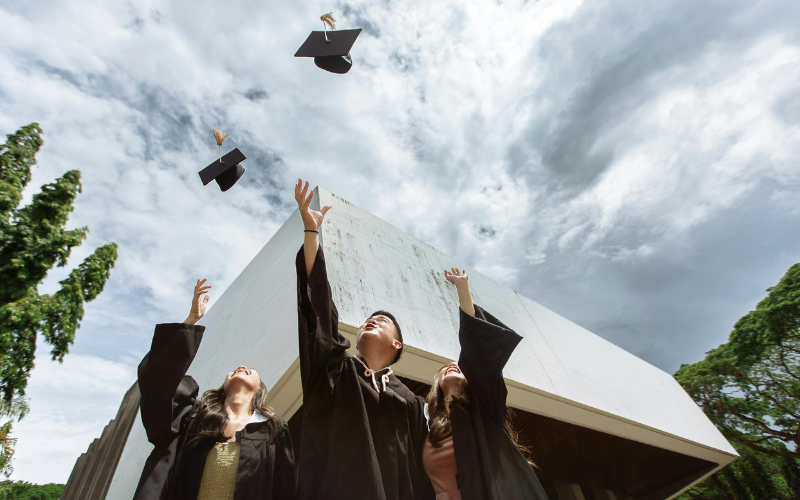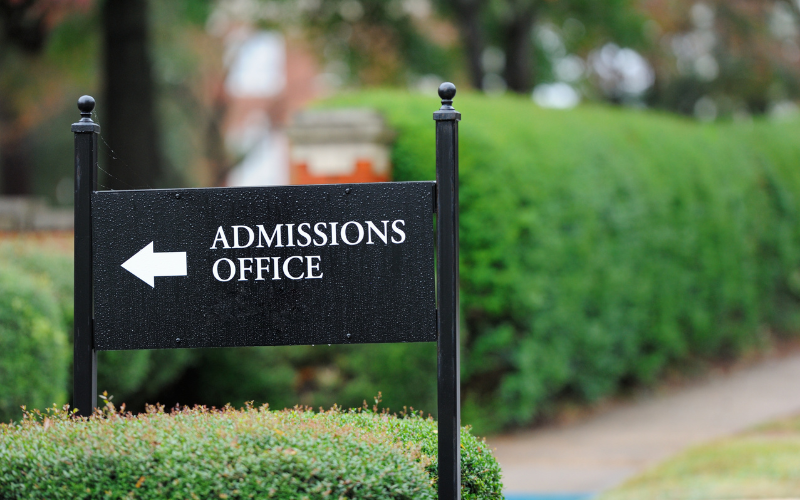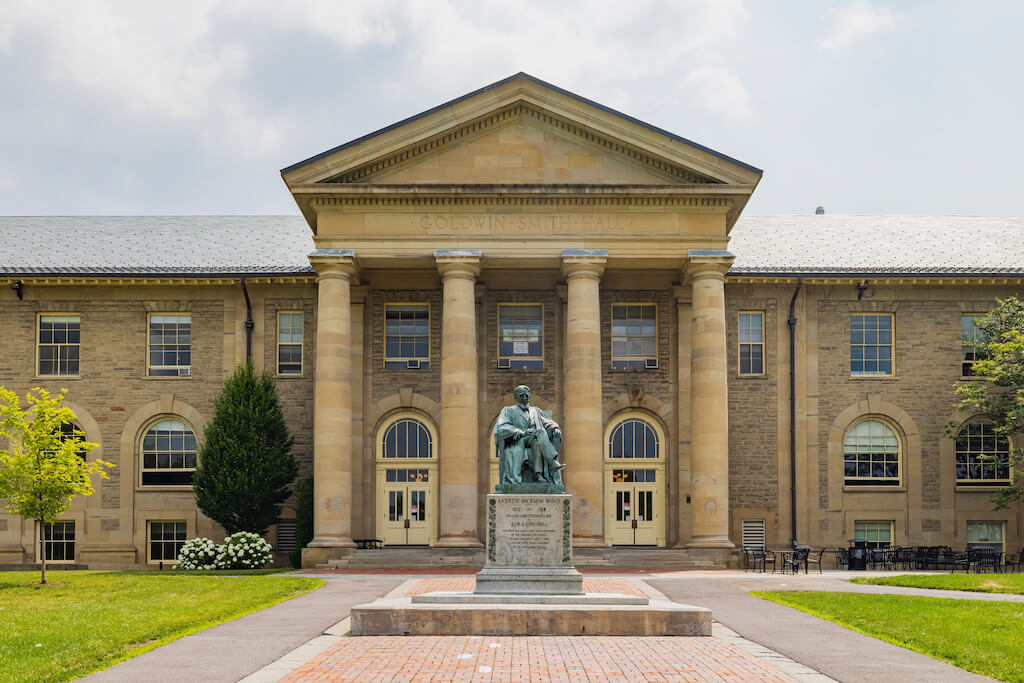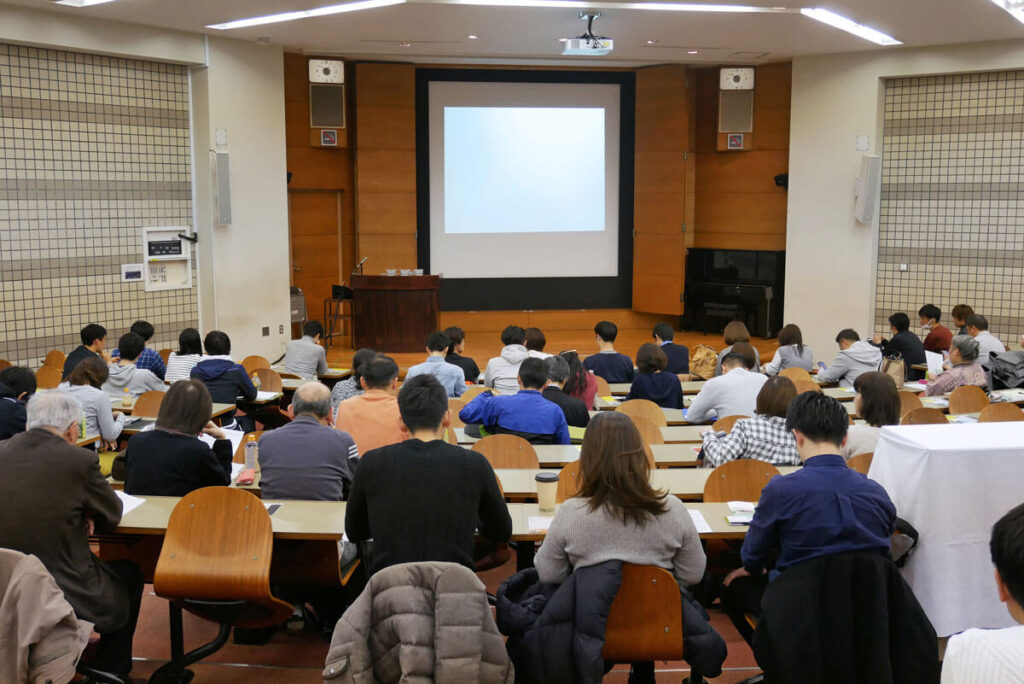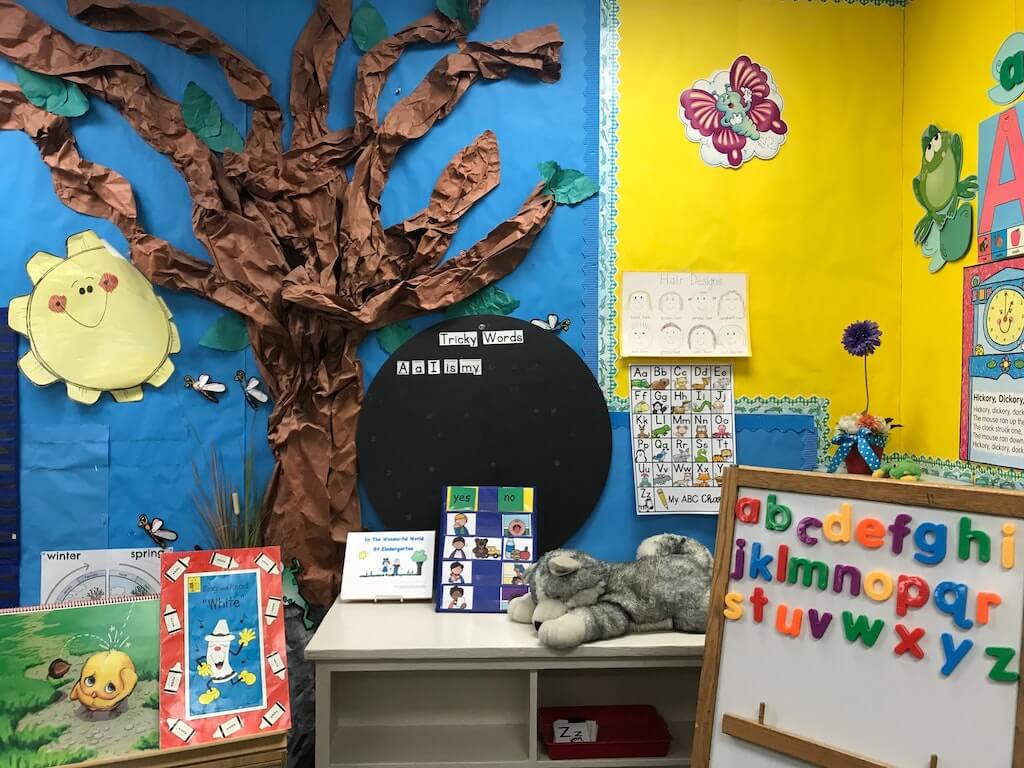Whenever I talk about increases in college tuition over the past four decades, I begin with the 18% tuition increase implemented by Harvard University in 1978 followed by a decade of high single digit annual increases. Other elite universities followed suit. It wasn’t long before the non-elite private colleges implemented tuition discounting.
In 1994, economist David Breneman published his book, Liberal Arts Colleges; Thriving, Surviving, or Endangered. He described the tuition discounting practices implemented by many small colleges to achieve a targeted enrollment and enhance the quality of the student body by utilizing economic theory and vary the unfunded tuition grants to a targeted mix of students.
Tuition discounting as originally implemented worked well until almost every private college was utilizing the strategy and offering merit scholarships (tuition discounts) to nearly all freshmen. Dr. P.J. Rine’s 2016 Whitepaper, A Shell Game by Any Other Name: The Economic Rationale Behind Tuition Discounting, illustrated the large unfunded percentage of merit scholarships, a major change since the publication of Dr. Breneman’s book in 1994.
When the average percentage of tuition discounts exceeded 40% of tuition for all private colleges, economists and financial experts began to worry. As long as overall enrollments continued to increase, the concerns of the naysayers were pushed aside. However, the National Association of College and University Business Officers (NACUBO) began to track it with an annual study.
Results of the annual NACUBO tuition discounting survey are issued in May of each year. The 2022 study reported a 56.2% average institutional discount rate for first-time, full-time college freshmen and a 50.9% average discount rate for all undergraduate students. Awards were given to 90.9% of first-time, full-time freshmen. The average grant for freshmen who received awards was 62.1% of published tuition and fees.
The public’s perception of the return on investment of a college degree has changed over the past decade. The published tuition rates and publicized student loan averages have not been helpful. Competition for students has increased the median admission rate for undergraduates to 72%. At the same time, the median yield of accepted students has declined to 21%. It’s not a great time to be the president of a tuition dependent small private college.
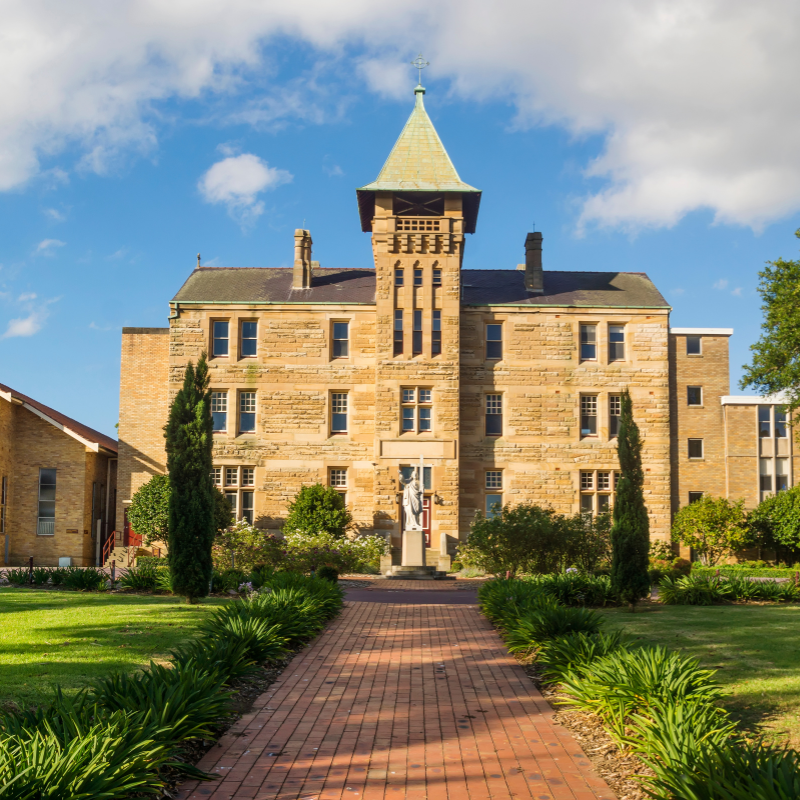
How Does College Tuition Discounting Correlate to Private Schools?
In the mid-1960’s, I received a scholarship to attend a private school in Baltimore. At the time I attended McDonogh School, it was one of the few independent schools in Maryland with an underpinning mission to educate students whose families could not afford the tuition. I attribute many of my subsequent educational and career successes to the education I received at McDonogh.
Over the years, I served on the school’s alumni association board as well as the school’s board of trustees. Because of my experiences in finance, I served on the finance committee of the board and also as its treasurer. I wrote about those experiences a few years ago in a five-part blog primer about private school finances.
I recently began another term of service on McDonogh’s board after a 20-year hiatus. As I began to review outside reports about the independent school sector, I saw that tuition discounting, a higher ed term, was appearing in multiple publications. I asked a few friends with experience in the sector for their perspectives as well as to point me toward any available research. In no way, do the observations and opinions expressed in this article represent the opinion of anyone other than me.
Tuition Remission
Tuition remission for children of the school’s faculty and staff was an issue that the board wrestled with during my first two terms from 1990-1999. As I mentioned in my primer, we suspended the tuition remission benefit for new faculty and staff members for two years in order to evaluate solutions to keep the benefit’s costs from escalating.
Tuition remission is a benefit that the majority of independent schools offer. To the best of my knowledge, none of them have endowment funds allocated to cover tuition remission. From an accounting perspective, the tuition remission benefit is considered a tuition discount for those students who receive it. If 10% of the school’s students are children of faculty and staff receiving a 50% tuition remission benefit, the school’s discount rate would be 5% if no other discounts were offered.
Many schools offering tuition remission benefits less than 100% also offer need-based financial aid in addition to the remission component. Any additional aid awarded is almost always provided as a tuition discount and not from endowment funds. In the example previously cited, if additional financial aid was granted to faculty and staff that covered the gap between 50 and 80% of tuition and fees, the effective tuition remission discount rate would be 8%.
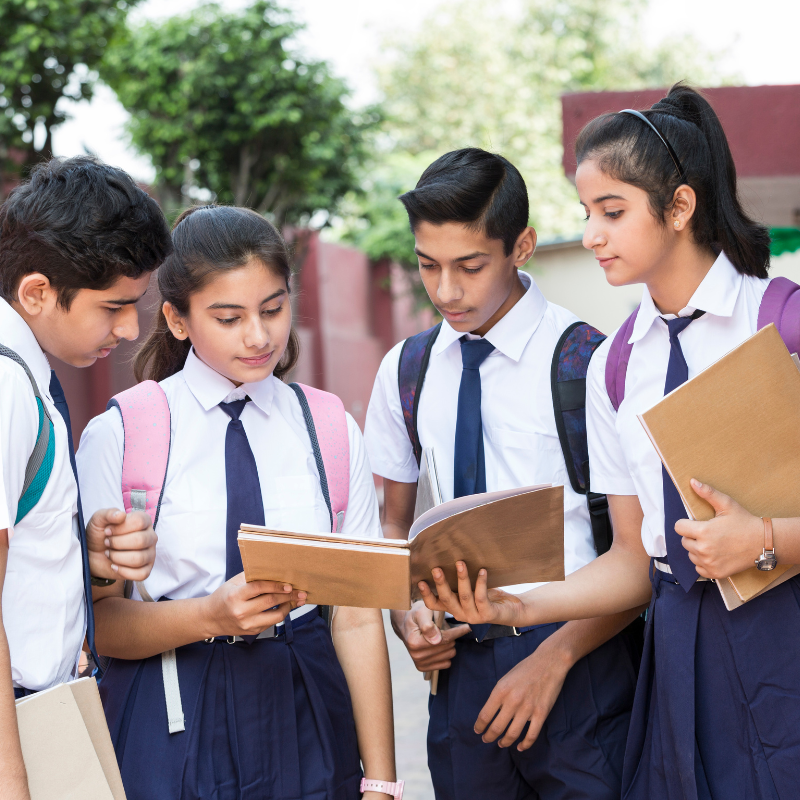
Financial Aid
But tuition remission is not the only item impacting tuition discounting at independent schools. While independent school tuitions are generally not “linked” to private college tuitions, the fact is that administrators (and parents) are generally tracking what colleges are charging for tuition and fees. I believe most independent schools pay more attention to what their competitors are charging before setting tuition.
Has the higher ed amenity race and administrative bloat influenced independent schools’ costs? Absolutely. Have independent schools borrowed money to fund amenities like their competitor schools? Absolutely. Do independent schools set tuition based on any factors other than their competitors’ tuition? Maybe.
A major difference between independent schools and colleges is that states have obligations to cover the cost of public K-12 education for all residents. States also require minimum levels of education for their under-18 residents. There are no states that require residents to attend college. Making a decision to attend an independent school is usually based on the ability and willingness of families to pay the tuition.
As private school tuitions increased at rates exceeding the Consumer Price Index (CPI), the percentage of the population that can afford to send their children to private school decreased. The average family income in a geographical area as well as the number of independent schools influences the potential enrollment numbers of full pay students. The declining birth rate in certain areas is an influence on enrollments as well.
Most independent schools have financial aid available to students whose families cannot afford to pay 100% of the tuition. The amount of aid available varies based on restricted endowment funds designated for financial aid, the amount of annual giving funds dedicated to financial aid, and the amount of financial aid that the school can afford to fund through its annual budget.
The amount of financial aid that the school can afford to fund through its annual budget is considered tuition discounting. For most schools, the percentage of aid funded through tuition discounting far exceeds the percentage funded through endowment or philanthropy.
In an area impacted by declining family income and declining demographics, this percentage will likely increase as pressures increase for independent schools to meet enrollment projections. Covering the costs of additional tuition discounts requires increasing tuition at rates higher than CPI and risks increasing the requests for financial aid from existing students.
As independent school tuitions continue to increase, the value of a full-pay student increases given the percentage of each full-pay student’s tuition that is used to cover financial aid and tuition remission. At many independent schools, one wonders whether admissions selectivity is influenced more by a family’s ability to pay than the student’s aptitude and other characteristics.
Tuition Discount Report
In his book Privilege: The Making of an Adolescent Elite at St. Paul’s School, author Shamus Khan wrote that colleges are blind to the struggles of the poor. “Lots of rich kids go to college. Few poor ones do.” The same comment applies to many independent schools. Dr. Khan notes that two-thirds of St. Paul’s families can afford to send their children to an elite independent school that costs $62,000 for the 2021-22 school year (note: tuition adjusted to current rate instead of 2010 rate used in book).
Professor Khan does not note how many of the one-third who cannot afford to pay $62,000 per year are tuition remission children, are funded by endowment restricted to financial aid, or are funded through tuition discounts. In St. Paul’s case, it doesn’t matter given its significant endowment of $673 million (based on its most recent Form 990 filing).
The National Business Officers Association (NBOA) has the only tuition discounting report that I can find for independent schools. I found the following sentence to be insightful – “The rising cost of private education has outpaced the ability and willingness for enough full-pay American families to invest in our missions, even though many schools can demonstrate a high value proposition.”
The report’s authors follow up that sentence with “to combat this, rising tuition discount rates have softened the impact of rising tuition prices on our enrollments. However, they have been harmful to our fiscal year budgets and long-term financial projections.”
The report was built using survey results from 176 participating schools, approximately 10 percent of the national total of independent schools. This is a similar percentage to the percentage of private schools surveyed to build the NACUBO annual tuition discounting report for private colleges. No one knows if the numbers would be significantly different if all schools were included.
The report indicates that the total discount rate for PK-12 independent schools in the 2019-20 school year was 18%. This was an increase from 17.7% in 2018-19 and 17.3% in 2017-18. Need-based financial aid accounted for 81% of all discount dollars in 2019-20. More than 82% of schools provided tuition remission benefits that accounted for 16% of all discount dollars in 2019-20.
Nearly 43% of all schools in the NBOA survey provided merit scholarships. These scholarships accounted for 3% of all discount dollars distributed in 2019-20. The report’s authors note that merit aid was more common at independent schools with boarding programs (higher tuition and more pressure to fill the seats).
As pressure to fill seats increases, I expect the percentage of merit scholarships will increase as well. Perhaps some independent schools will use a merit scholarship strategy like that described in David Breneman’s 1994 book mentioned earlier. I fear that most will react instead of deliberate. School finances will deteriorate for those that rapidly increase their merit scholarship offers and overall discount rate in order to fill seats with students paying 50 percent cash or more.
In 2019-20, 31.4% of enrolled students received some form of tuition discount. This percentage is increasing while the percentage of need-based financial aid and merit aid/scholarships funded by gifts and endowment income is decreasing. The total percentage funded by gifts and endowment income was 18.6% in 2019-20.

Final Thoughts on Private School Tuition
The NBOA is the private school equivalent of NACUBO, the organization representing college CFOs. I commend them for their 2021 report. At the same time, I believe it’s time to annually collect and report the data. Data from the 2021 report is already three years old and the discounting trends were increasing.
Private school tuitions continue to increase at rates higher than average family incomes. In the 2021 NBOA report, the average discount rate is only 18%. At the same time, the average number of enrolled students receiving a discount is 31.4%. As tuitions continue to increase, I am doubtful that institutions will be able to keep a flat discount rate or a flat percentage of enrolled students receiving a discount.
Just as the higher education market has experienced the addition of non-traditional competitors, traditional independent schools are experiencing increased numbers of students enrolling in charter schools or being home-schooled. In some cases, state-funded education savings accounts provide a higher level of funding for home-schooled or religious schooled students than cover the average costs for an independent school student.
Because independent schools don’t have access to federally-funded financial aid (and most don’t have access to state-funded aid), I believe the tuition discount percentage increase will not advance as rapidly as it did with private colleges and universities. At the same time, it is ridiculous for an independent school administrator to assume that tuition increases that exceed their geographical area’s increase in family income will be able to be covered by the same number of families that are able to afford it now. Competition for full-pay students will increase.
The percentage of students receiving tuition discounts will increase. It’s likely that schools will seek to control the costs of their tuition remission programs before they analyze the potential to decrease the percentage of students receiving financial aid. In fact, tuition remission reductions will increase the numbers of students seeking financial aid.
Independent schools that are unable to raise funds to increase the funded percentage of financial aid students are likely to increase their percentage of students receiving tuition discounts for financial aid if they continue to increase tuition more than area wages. Hopefully, none of them will be tempted to offer generous interpretations of financial aid awards or increases in merit aid as a means to increase overall enrollments. That strategy didn’t work for colleges, and it’s not likely to work for most independent schools.


